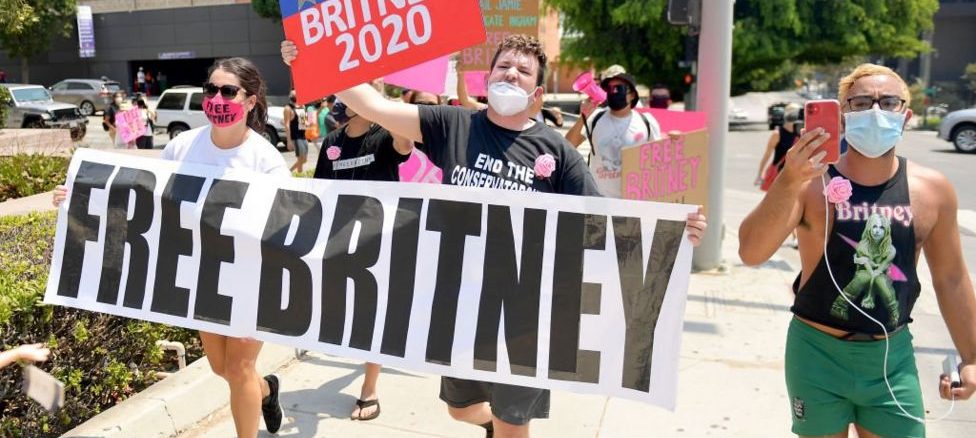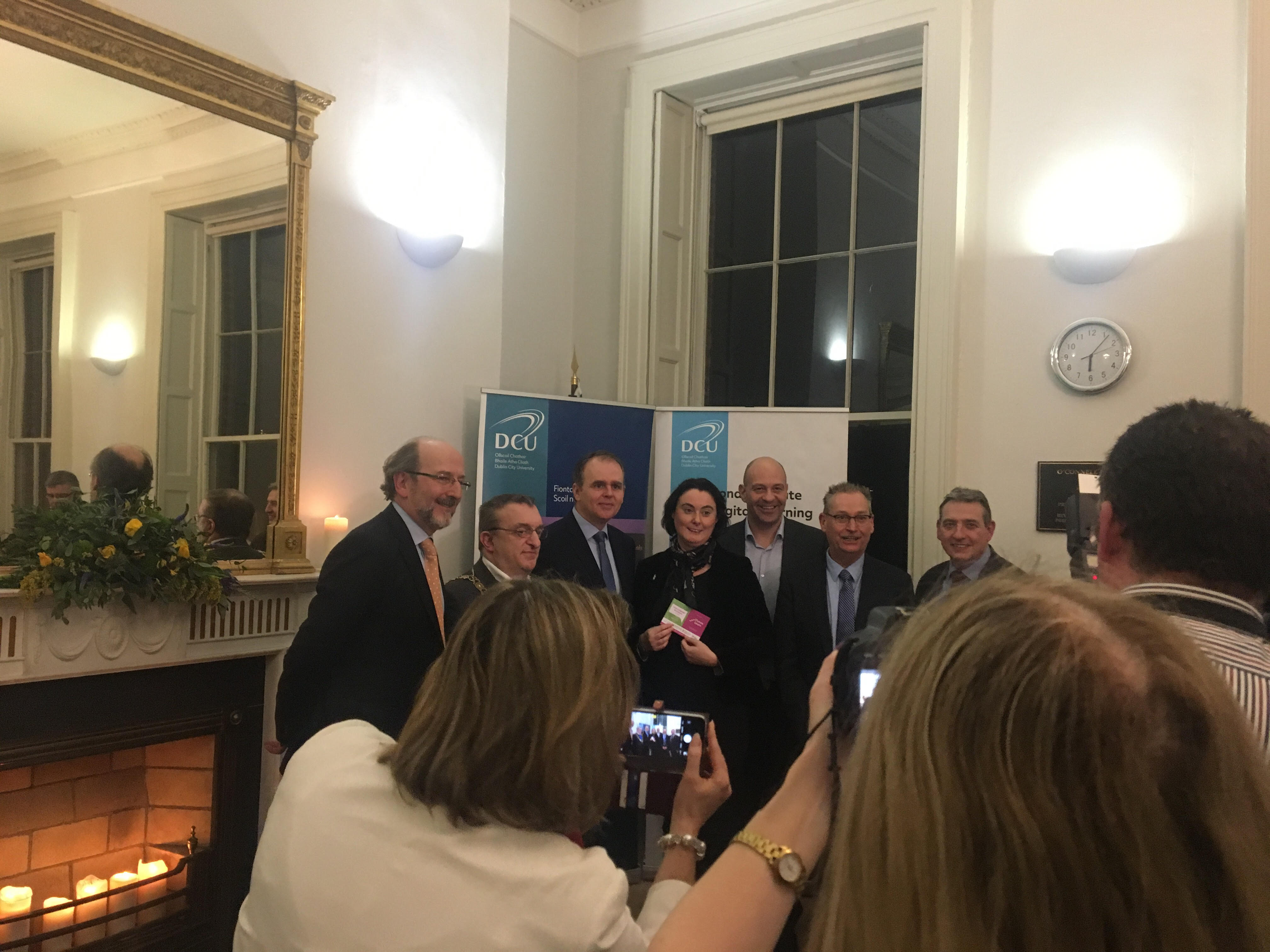
[dropcap]T[/dropcap]he “Free Britney,” movement has been growing for years as die hard fans of the pop princess have advocated for the end of her conservatorship.
As stan-culture has progressed and changed the conversation around Britney’s legal battle with her father, Sean Spears, since 2008, her cryptic Instagram posts became less of a light-hearted gossip and more of a genuine cause for concern amongst the public.
The New York Times released their documentary “Framing Britney,” on February 5 which showed never before seen interviews with close sources to the star and analysed the individuals at the centre of the singer’s demise.
Throughout the documentary, fans are given insight into the person Britney truly is according to close sources who have worked with her, or against her, and how she slowly lost control over the course of her career.
Most notably Felicia Culotta, Britney’s former assistant and longtime family friend, spoke about how much control the pop singer truly had at the beginning of her career and how slowly Culotta began to be pushed from her inner circle as her career grew.
She tells anecdotes of Britney going home to Kentwood, Louisiana and handing locals $100 bills for Christmas at the beginning of her stardom. She said she wanted to “remind people of why they fell in love with” Britney.
Culotta gives an insight into the heart and soul of the singer that fans may have never seen before due to her air-tight censorship over the past fourteen years.
It’s not just Sean Spears’s or her other conservators that are held accountable in this documentary: pop culture as a whole is put in the hot seat for how its demands and misogyny lead to the breakdown of Britney.
It made an example of Justin Timberlake for his treatment of Britney after their very public breakup in 2002, where he exploited and profited from his position as a male in the industry. From interviews discussing Britney’s virginity to the infamous “Cry Me a River,” music video, in which a female lead resembling Britney cheats on Justin. Justin vilified Britney in an already toxic media landscape in the early 2000s.
Justin has since apologised via his Instagram for his behaviour in the early 2000s after the documentary was released, almost twenty years since the couple separated.
Britney’s relationship with the paparazzi is also analysed. Photographers who followed Britney viciously in order to take photographs worth hundreds of thousands of dollars talk about their relationship with the star of the years. Despite recognising that Britney was unwell, that they were profiting from Britney’s mental torment and trauma, they struggle to see how they may have been responsible for the demise of her mental health.
For fans of Britney, a lot of this information may not be new. However, for those looking to dive deeper into the conspiracies around the pop star or understand how a grown, well-abled woman could lose total control over her own life to the courts, this documentary is a must-see.
Lora Doyle
Image Credit: Getty Images
Note: This article was reuploaded on 23/03/2021 due to a fault with The College View website.



